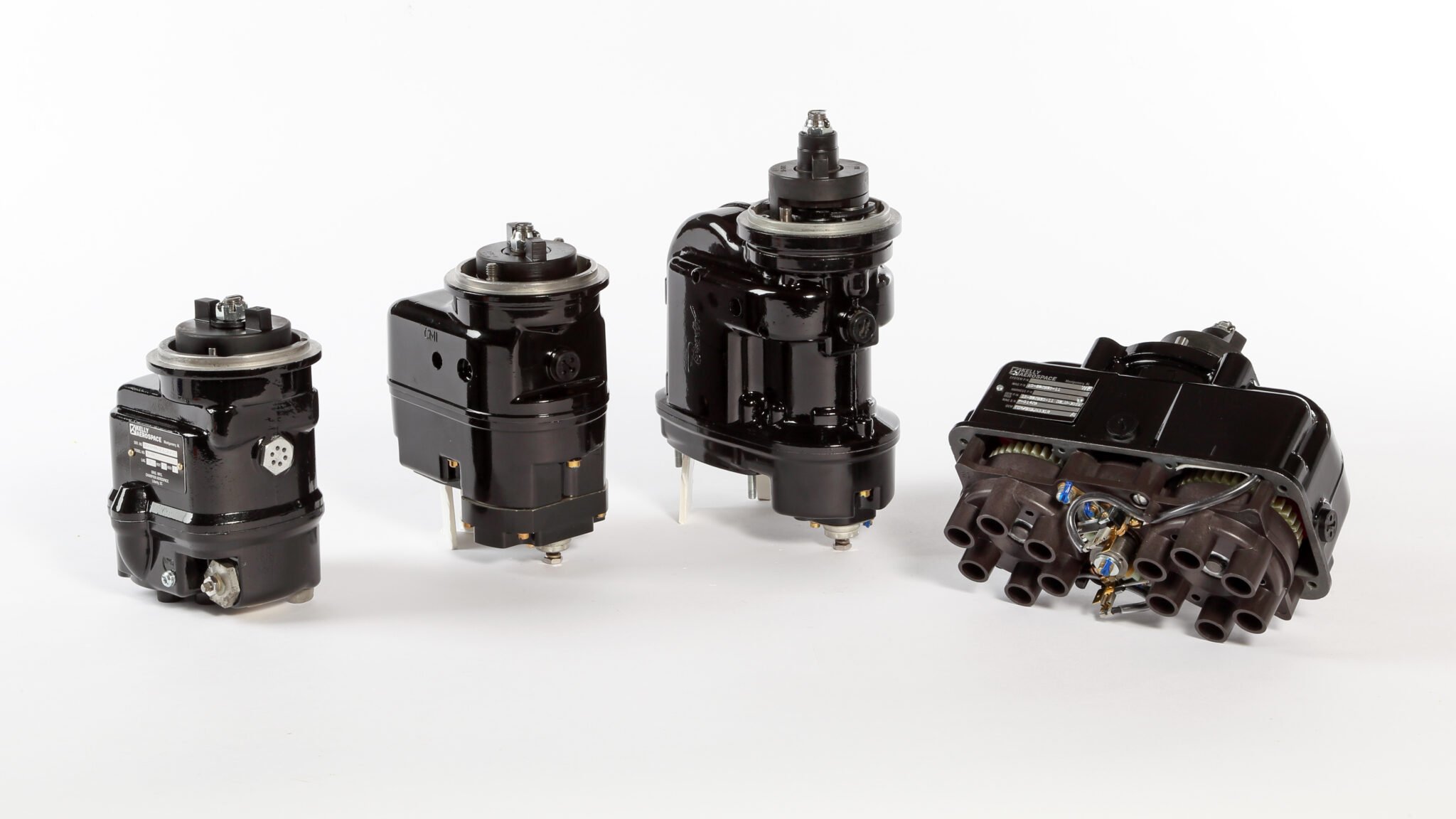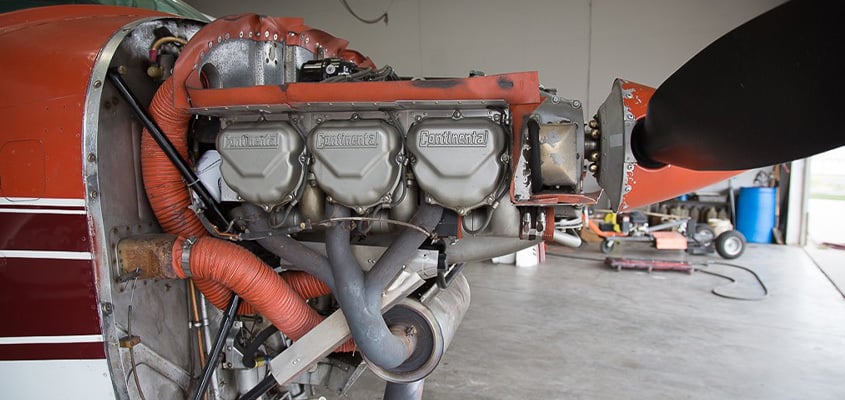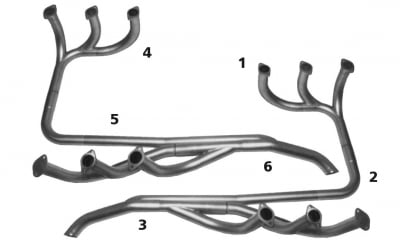Checking Dual Magneto Drop
“I need to check the ‘drop’ on my dual magneto. Can you provide some easy instructions?”

Lycoming engine operators should be aware of Lycoming Service Instruction 1132B, issued June 18, 2010, which provides a procedure to use if magneto drop exceeds 175 RPM during the pre-flight check.
A basic magneto drop-off check based on engine speed is typically done during the before-takeoff check to determine the loss of engine speed that occurs when magnetos are switched from both magnetos to one (left or right) magneto. The maximum drop-off limit is in the Pilot’s Operating Handbook (POH).
Although this basic drop-off check, based on just engine speed, is satisfactory under most normal conditions, it does not take into account unusual circumstances of temperature, humidity and engine wear.
If the RPM drop exceeds 175 RPM, set the throttle to obtain 1,800 RPM. Slowly lean the mixture until the RPM peaks. Then retard the throttle back to 1,800 RPM and repeat the magneto drop-off check. If the drop-off does not exceed 175 RPM, the difference between the drop-off values for both magnetos does not exceed 50 RPM, the engine is running smoothly, then the ignition system is operating properly. Return the mixture to full rich.
Absence of an RPM drop may indicate:
- The magneto timing has been advanced beyond the specified setting, or
- A magneto primary lead is open (Hot Magneto), or
- An Ignition switch is inoperative, or
- The grounding circuit of the feed-through capacitor is open, or a combination of these factors.
Ignition Switches must also be functionally tested. This inspection is best accomplished when performing the “Preflight Magneto RPM Drop” test in accordance with the Aircraft Manufacturer’s Pilot’s Operating Handbook. Switch action must be smooth and free from sticking.
For key type Switches, keys must be removable only in the “OFF” position and the switch must function in accordance with the requirements of the latest revision of Continental Motors Service Bulletins No.583(AD76-07-12), 636 and 653.



